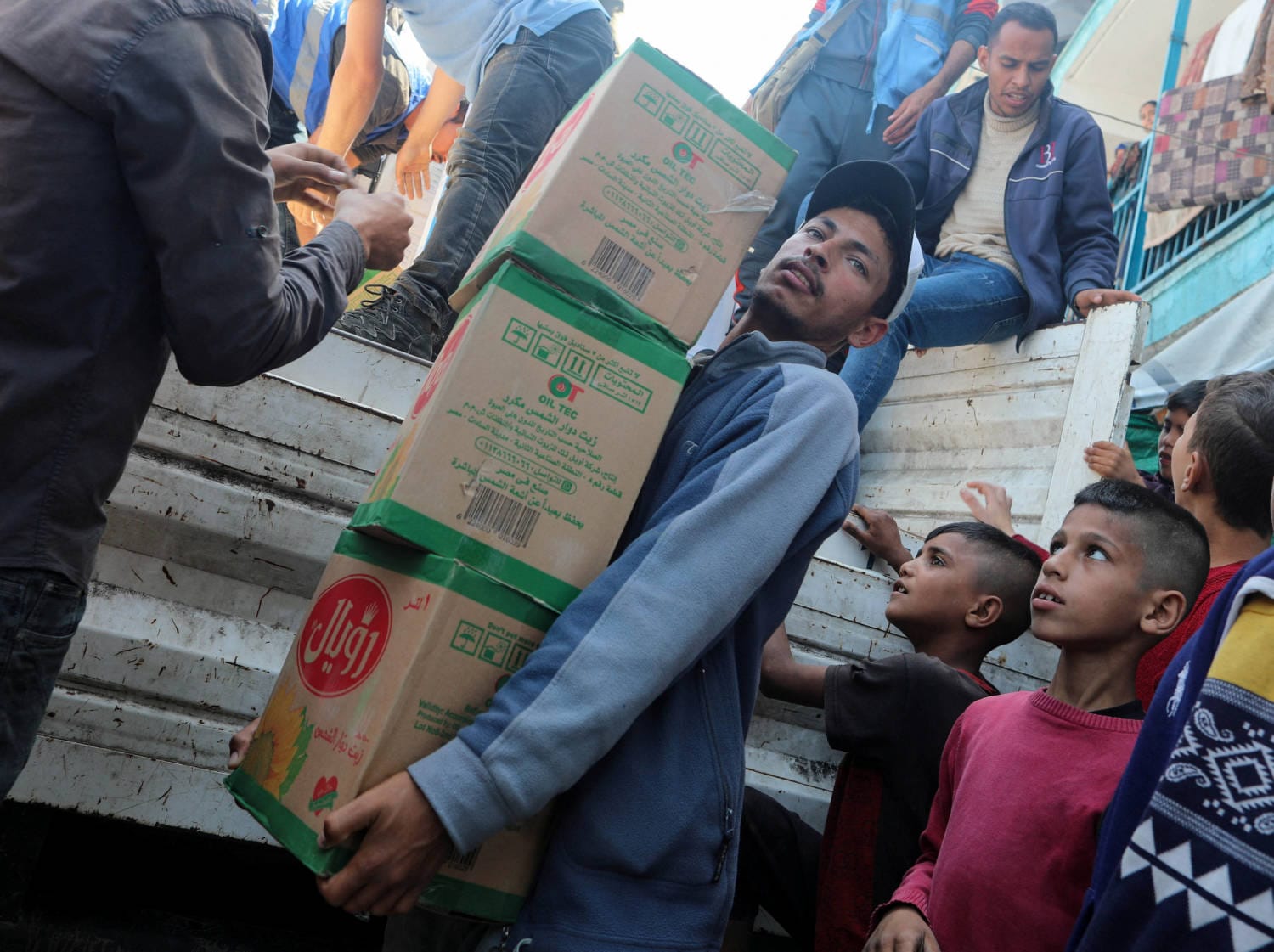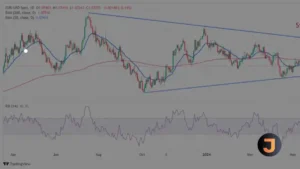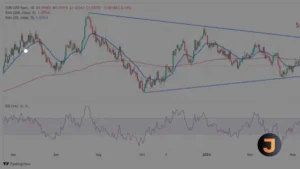DISTRIBUTION PROBLEMS
In the wake of international pressure, Israel reports that aid is reaching Gaza with increased speed, yet the volume of this aid is a matter of contention. The United Nations has voiced concerns that the quantities fall short of the essential minimum to address the humanitarian crisis.
According to Israeli officials, a record number of 419 trucks entered Gaza on Monday, marking the highest since the onset of the conflict. Contrastingly, the Red Crescent and U.N. provided lower figures, with the U.N. noting that many trucks were only partially filled due to Israeli inspection protocols.
The humanitarian situation in Gaza has become increasingly dire six months into Israel’s air and ground campaign, initiated in response to an attack by Hamas. With the majority of Gaza’s population now without homes, there is a looming threat of famine and disease.
Humanitarian organizations have criticized Israel for inadequate access for essential supplies like food and medicine. Josep Borrell, the European Union foreign policy chief, has even accused Israel of utilizing starvation as a warfare tactic.
Jens Laerke, a spokesperson for the U.N. humanitarian agency (OCHA), highlighted the severe limitations on aid delivery within Gaza. He revealed that Israel had denied permission for half of the aid convoys destined for northern Gaza in March, with U.N. convoys facing three times more rejections than others.
COGAT, the Israeli military department overseeing aid transfers, refutes claims that it is obstructing humanitarian relief. It blames any delays on the U.N., citing inefficiency, and insists there are no restrictions on civilian supplies.
Amidst intensifying global scrutiny, especially following an incident where an Israeli strike hit an aid convoy, killing international workers, Israel has announced measures to facilitate aid. These include opening the previously destroyed Erez crossing point for aid supplies and approving additional Jordanian aid through Kerem Shalom crossing.
Despite these developments, discrepancies persist in reported aid figures. Red Crescent officials in Egypt acknowledged a surge in truck crossings into Gaza, while UNRWA, the principal U.N. agency in Gaza, reported numbers less than half of what they deem necessary.
Juliette Touma, UNRWA communications director, emphasized the need for both humanitarian and commercial supplies in Gaza, as the entire population now relies on external assistance.
Laerke pointed out that Israel’s counting method, which includes half-filled trucks at initial screening stages rather than fully packed trucks ready for distribution in Gaza, skews perceptions of the actual aid volume. He also underscored that distribution within Gaza remains a significant challenge, particularly in northern areas facing famine conditions.
As discussions continue regarding the adequacy of aid access and distribution in Gaza to meet escalating humanitarian needs, Israel has yet to respond to assertions of restricting aid convoys within the region.





